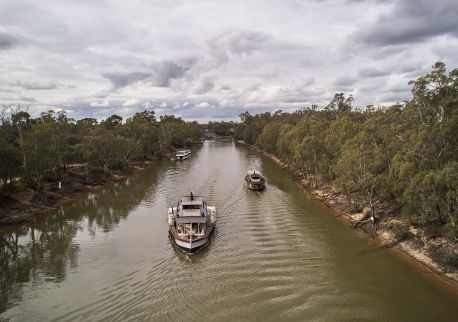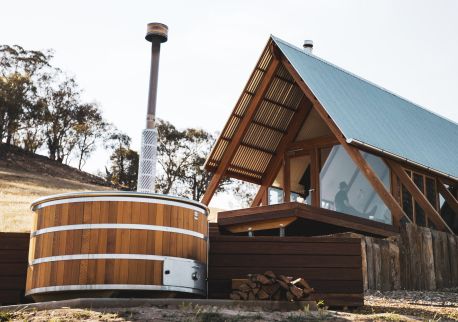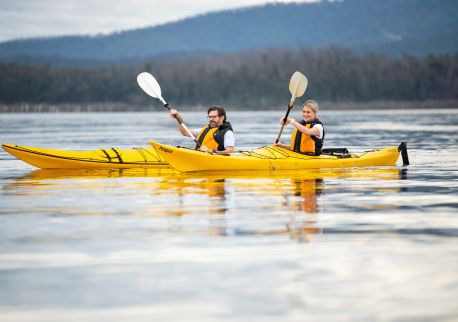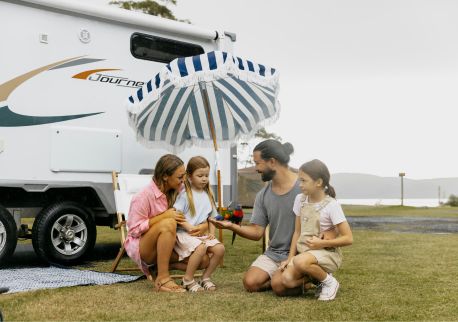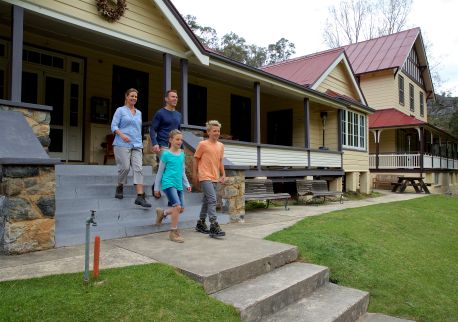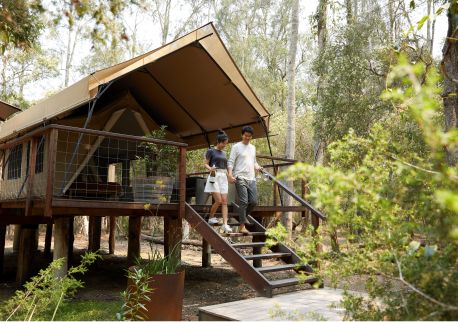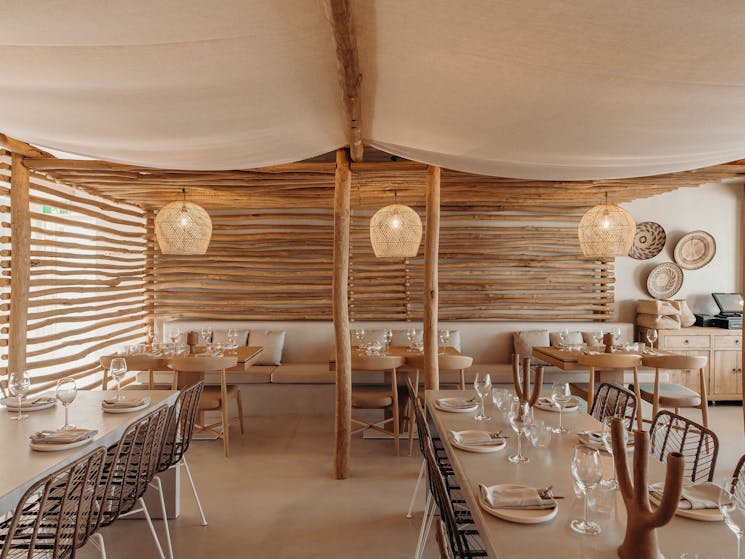Shoal Bay Country Club
Highlights
Vibrant atmosphere with live entertainment year-round
Diverse dining options, including authentic Greek cuisine
Overview
A visit to Shoal Bay Country Club is the ultimate East Coast experience, loved by locals and visitors alike for its incredible beachfront location, vibrant atmosphere and historical charisma.
The Country Club is an iconic gathering place for all ages and occasions. Offering a range of Port Stephens’ best dining options (for breakfast, lunch and dinner), the country's best in live entertainment and with unparalleled views across the idyllic Shoal Bay Beach, the Country Club is a destination in itself.
Whether you’re stopping by for breakfast, a sun-kissed, cocktail-filled long lunch on the Patio, an authentic Greek dining experience in Atmos, or a day out with the family, the Country Club has something for everyone.






